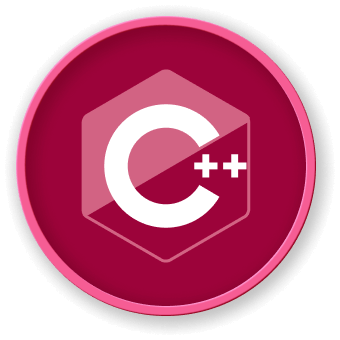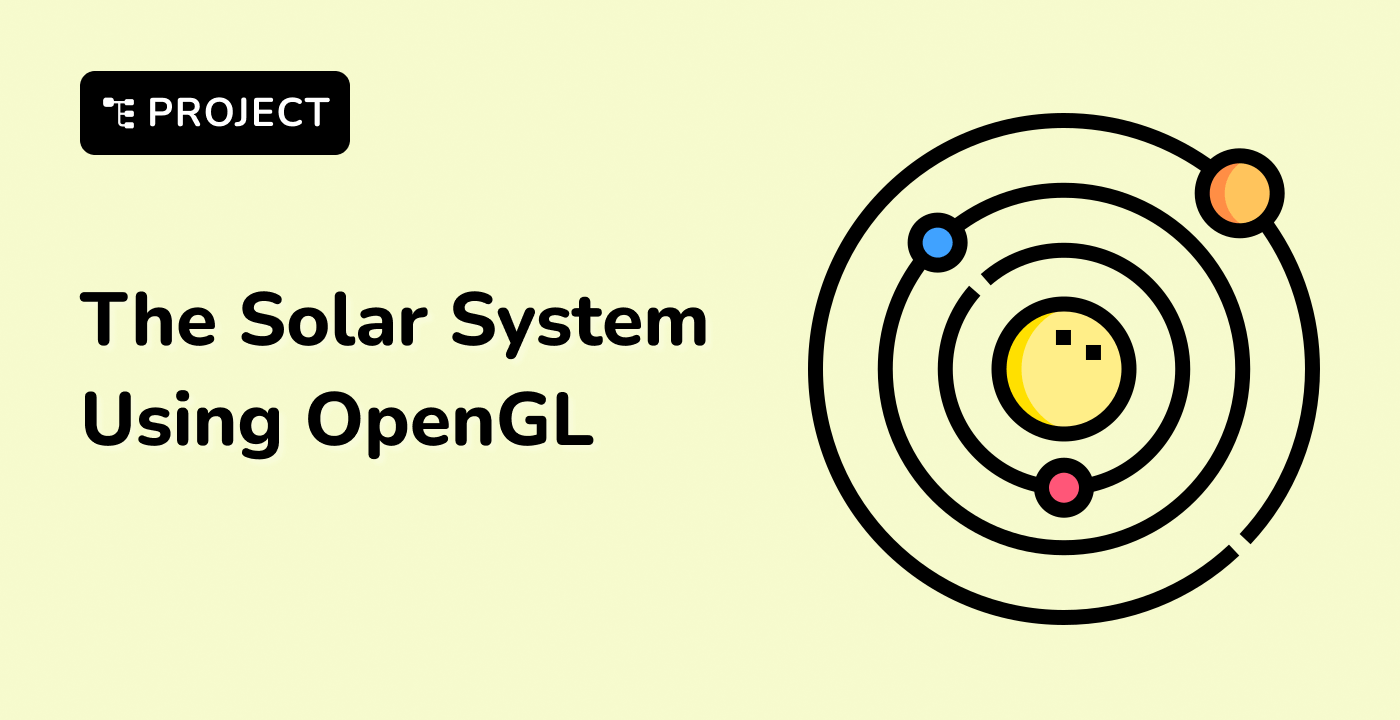Error Handling Methods
Error Handling Fundamentals
Error handling is crucial in matrix input processing to ensure robust and reliable software applications. Effective error management prevents unexpected program termination and provides meaningful feedback.
Error Handling Strategies
graph TD
A[Error Handling Methods] --> B[Exception Handling]
A --> C[Error Codes]
A --> D[Logging Mechanisms]
A --> E[Graceful Degradation]
Comparison of Error Handling Approaches
| Approach |
Pros |
Cons |
Complexity |
| Exception Handling |
Detailed error information |
Performance overhead |
High |
| Error Codes |
Lightweight |
Less descriptive |
Low |
| Logging |
Comprehensive tracking |
Additional resource usage |
Medium |
Exception Handling Implementation
class MatrixException : public std::exception {
private:
std::string errorMessage;
public:
MatrixException(const std::string& message) : errorMessage(message) {}
const char* what() const noexcept override {
return errorMessage.c_str();
}
};
class MatrixProcessor {
public:
void processMatrix(const std::vector<std::vector<double>>& matrix) {
try {
if (matrix.empty()) {
throw MatrixException("Empty matrix input");
}
// Matrix processing logic
validateMatrixDimensions(matrix);
}
catch (const MatrixException& e) {
std::cerr << "Matrix Error: " << e.what() << std::endl;
// Additional error handling
}
}
private:
void validateMatrixDimensions(const std::vector<std::vector<double>>& matrix) {
// Dimension validation logic
}
};
Error Code Approach
enum class MatrixErrorCode {
SUCCESS = 0,
EMPTY_MATRIX = 1,
INVALID_DIMENSIONS = 2,
OUT_OF_RANGE = 3
};
class MatrixHandler {
public:
MatrixErrorCode processMatrix(const std::vector<std::vector<double>>& matrix) {
if (matrix.empty()) {
return MatrixErrorCode::EMPTY_MATRIX;
}
// Additional validation and processing
return MatrixErrorCode::SUCCESS;
}
};
Logging Mechanism
class ErrorLogger {
public:
static void logError(const std::string& errorMessage) {
std::ofstream logFile("matrix_errors.log", std::ios::app);
if (logFile.is_open()) {
logFile << getCurrentTimestamp()
<< " - "
<< errorMessage
<< std::endl;
logFile.close();
}
}
private:
static std::string getCurrentTimestamp() {
auto now = std::chrono::system_clock::now();
std::time_t currentTime = std::chrono::system_clock::to_time_t(now);
return std::ctime(¤tTime);
}
};
Error Handling Workflow
graph TD
A[Input Matrix] --> B{Validate Input}
B -->|Invalid| C[Generate Error]
C --> D{Log Error}
D --> E[Return Error Code]
B -->|Valid| F[Process Matrix]
F --> G[Return Result]
LabEx Best Practices
At LabEx, we recommend a multi-layered error handling approach:
- Implement comprehensive validation
- Use exceptions for critical errors
- Provide detailed error messages
- Log errors for debugging
- Ensure graceful error recovery
Advanced Error Handling Considerations
- Internationalization of error messages
- Custom error type hierarchies
- Performance-conscious error handling
- Context-aware error reporting
By mastering these error handling methods, developers can create more resilient and user-friendly matrix processing applications.



